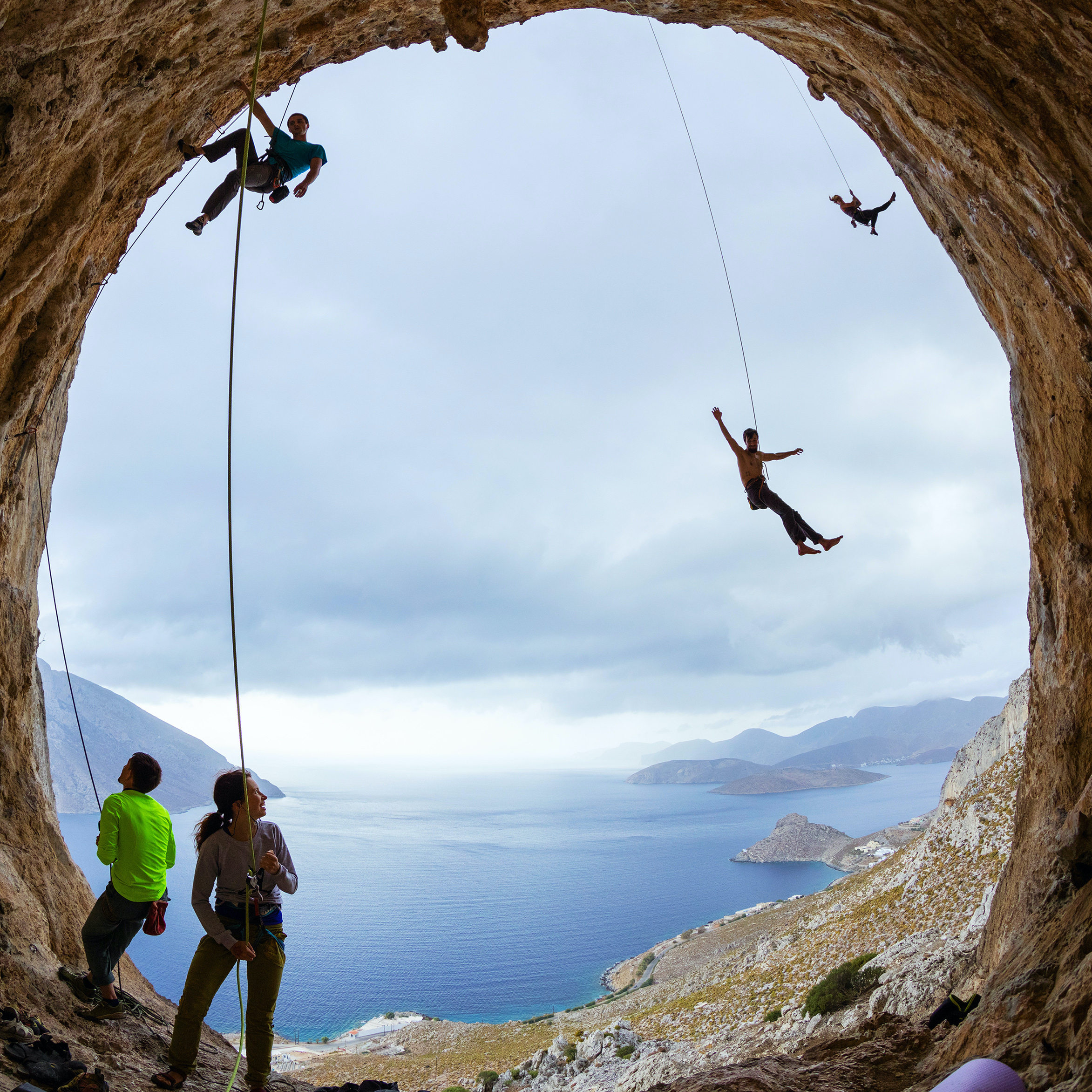Few are cognizant that the municipality of Marbella commenced as a Paleolithic habitation, later transmogrified into a Roman city that has left its mark on the present day with the Termas de Las Bóvedas and the Villa de Rîo Verde, which boasts of its exceptional mosaics. Additionally, the Vega del Mar Basilca is home to the most noteworthy Visigoths memorials in the country. The Arabs, on the other hand, denominated it “bien habitada” or the place of good living, and erected a fortress that has persevered through the ravages of time. This esteemed location was once favored by the royal family who were enamored by its multifarious vantage points and aristocratic edifices such as the Bazan hospital and the convents which interceded for the liberation of captives detained by the Bebers, including an individual by the name of Cervantes.
The ancient quarter of the town amalgamates Roman, Arabic, and Christian antiquities. Its narrow alleys bear testimony to the endurance of centuries of immaculately preserved history, astounding those who venture into its recesses teeming with tradition and allure.
Places of interest in Marbella include:
- Town hall of marbella
- Plaza del puente de ronda
- Plaza del altamirano
- Orange tree square
- La alameda park
- Cortijo miraflores
- Arroyo de la represa park
- Casona de los cano saldaña
- “Santo sepulcro” chapel
- Calle ancha
- “Del mar” avenue
- Chief magistrate’s house
- Hermitage of santo cristo de la vera cruz
- “Ntra. sra. de la encarnación” church
- Old bazán hospital – museum of spanish contemporary engravings
- Santiago hermitage
- Remains of arabic castle: alcazaba and walls
- San Juan de dios chapel




